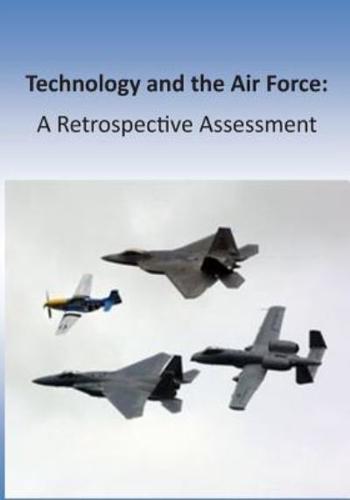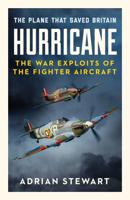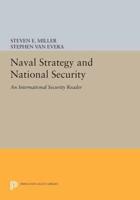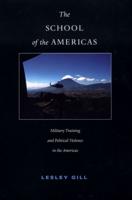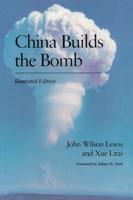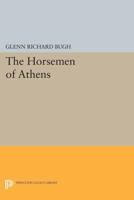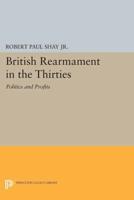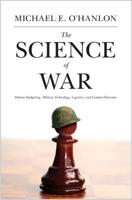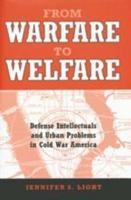Publisher's Synopsis
The history of the United States Air Force is inextricably bound up in the history of aerospace technology. Major revolutions have influenced the evolution of Air Force capabilities and systems, most notably those of atomic weaponry, the turbojet revolution, supersonic flight, avionics, aerial refueling, spaceflight, precision weaponry, electronic flying controls, composite materials, and stealth. It is worthwhile to take a retrospective look at some of the aerospace challenges and opportunities the Air Force faced and how it took advantage - or failed to take advantage - of them. With this in mind, the Air Force History and Museums Program organized a symposium on October 23 and 24, 1995, in which leading historians, technologists, and military decision makers met at Andrews Air Force Base, Maryland, to present case studies on a series of technological challenges, opportunities, and problems. This symposium, co-sponsored by the Air Force Historical Foundation, covered relevant technological histories ranging from the turbojet revolution of the 1930s to the stealth revolution of the 1990s. This volume presents the texts of the papers in the order they were given. Many people within the Air Force History and Museums Program helped put this program together. I especially wish to acknowledge the contributions of Jacob Neufeld of the Air Force History Support Office for his efforts in bringing both the symposium and this publication to fruition
